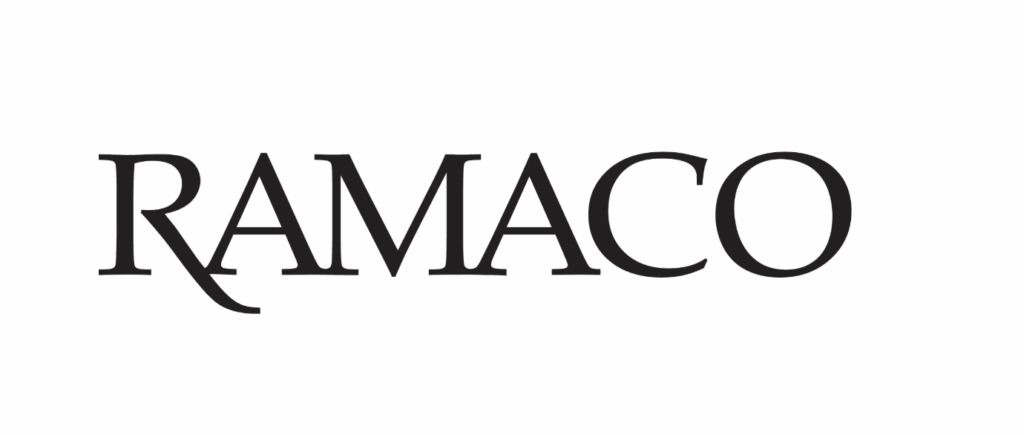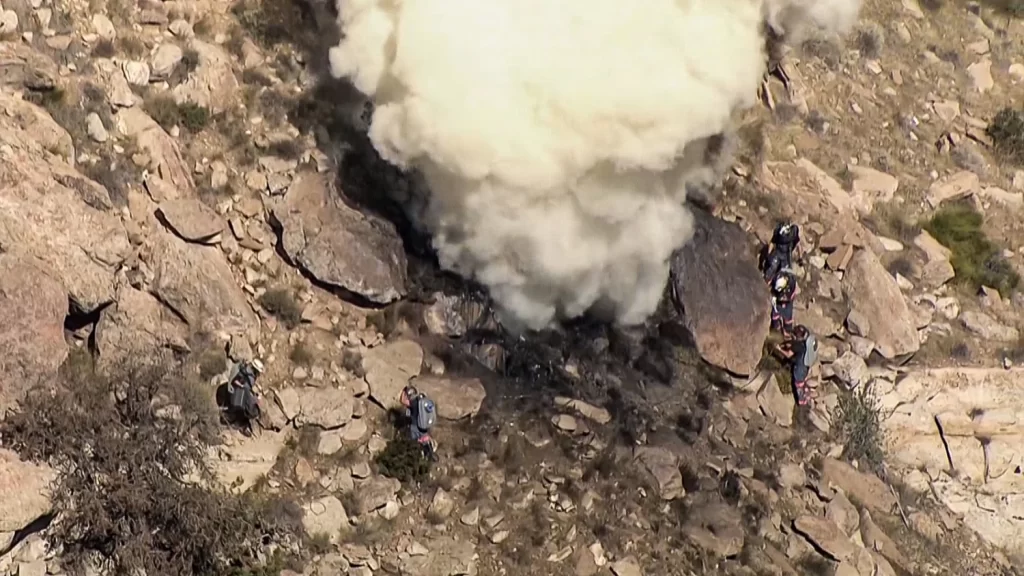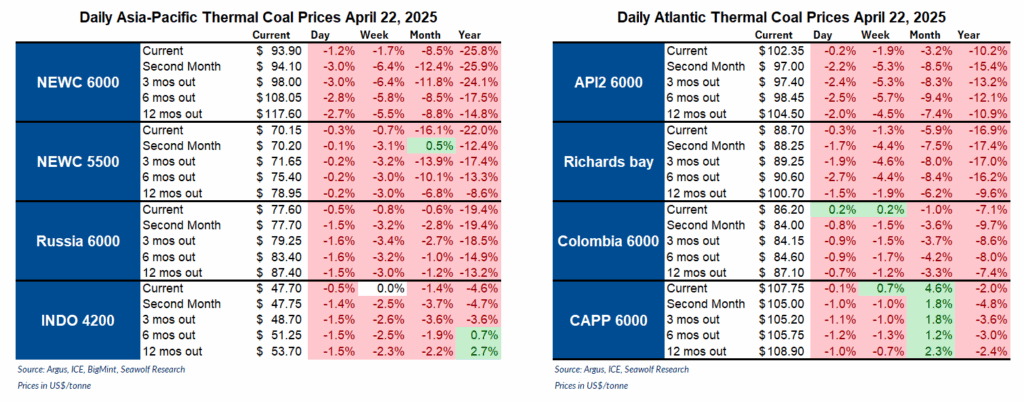India’s increasing coal consumption is driving significant activity in both the steel production and power generation sectors. The country’s expanding steel industry and its continued reliance on coal-fired power generation are pushing coal imports and throughput at major ports to new highs.
Indian steelmaker JSW Steel reported record domestic crude steel production in the July-September quarter, with output rising 7% year-on-year to 6.63 million tons, the highest level on record for the company. The increase in production followed a 9% recovery from the previous quarter, which had been affected by maintenance shutdowns.
JSW’s operations are poised to grow further, as the company recently commissioned a new 4.5 million tons per year blast furnace at its Vijayanagar facility in Karnataka, which is part of a broader integrated steel expansion project. Once fully operational, this addition will boost JSW’s total crude steel capacity in India from 29.2 million tons per year to 34.2 million tons per year.
The higher steel production reflects increased demand for coal, which remains a crucial component in steelmaking, especially through the blast furnace-basic oxygen furnace (BF-BOF) route. The process relies heavily on coking coal to reduce iron ore into molten iron. As JSW and other steelmakers like Tata Steel ramp up production, their demand for coal will inevitably increase, further fueling the country’s consumption of the commodity.
India’s appetite for thermal coal also rose in the first half of the 2024-25 fiscal year. The 12 state-controlled ports handled 64.83 million tons of thermal coal from April to September, marking a 4.5% increase compared to the same period last year.
This uptick coincided with rising seaborne thermal coal imports, which reached 116.6 million tons from January to September, up from 105.1 million tons in the same period last year. Despite a slight dip in August’s imports to 12.54 million tons, the overall trend remains upward, driven by authorities directing imported coal-fired power plants to ramp up generation to meet demand.
Coal-Fired Power Generation Trends
Coal’s role in power generation remains significant, despite a slight decline in coal-fired electricity output in August, which reached 98.93 TWh, down from 105.83 TWh in July. Factors such as fluctuating seasonal demand and shifts in renewable energy output contribute to monthly variations. However, coal remains the backbone of India’s power sector, particularly during periods of high demand or low renewable generation.
Major ports have played a critical role in supporting coal-fired generation by ensuring a steady supply of thermal coal. Paradip port in eastern India led coal throughput with over 24.93 million tons handled in April-September, followed by Kamarajar port with 11.36 million tons, and Deendayal port with 9.67 million tons.
As India’s steel and power sectors continue to expand, the country’s reliance on coal is expected to persist. The growing steel production capacity, particularly with projects like JSW’s Vijayanagar expansion, will increase the demand for coking coal. Similarly, thermal coal demand will remain high, driven by coal-fired power plants that continue to play a key role in the energy mix.
Source: JSW Steel, India Customs, Argus Media









